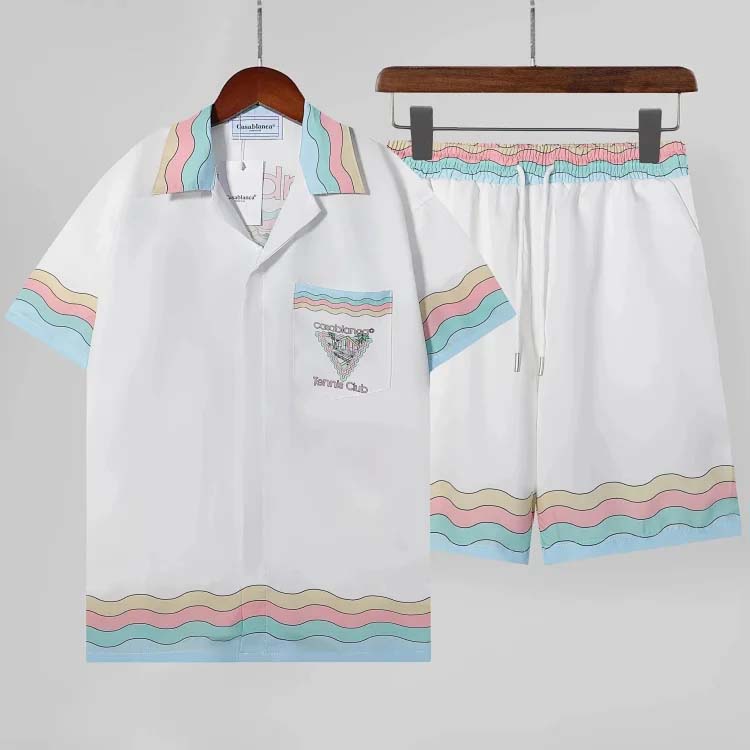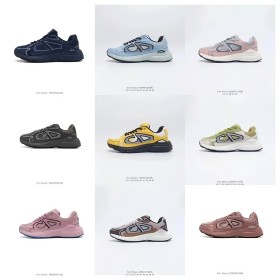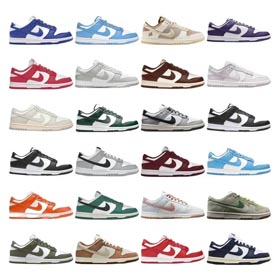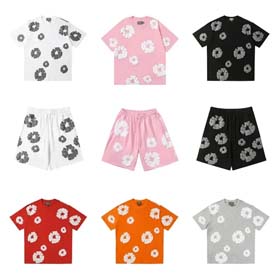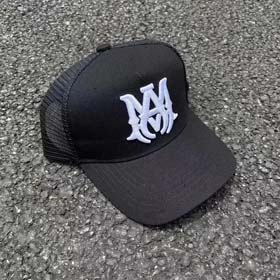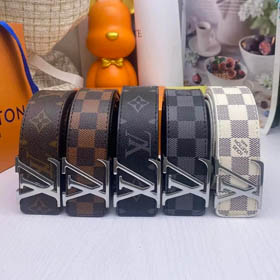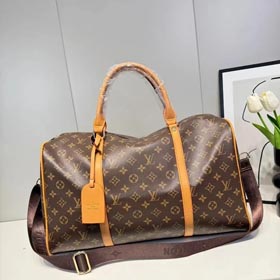The History of Chanel: A Legacy of Timeless Fashion
2025-04-06
The History of Chanel: A Legacy of Timeless Fashion
Chanel, an iconic name in the world of fashion, has a history as revolutionary and influential as the designs it has presented over the decades. The story of Chanel begins with Gabrielle "Coco" Chanel, a woman who defied the norms of her time and transformed the fashion landscape.
Coco Chanel was born in 1883. Growing up in an orphanage, she learned to sew, a skill that would become the foundation of her future success. In the early 20th century, women's fashion was characterized by restrictive corsets, long skirts, and elaborate designs. Chanel had a different vision. She believed that women should be able to dress comfortably and with a sense of freedom.
In 1905, Chanel opened her first millinery shop in Paris. Her hats were simple yet stylish, a departure from the overly decorated ones popular at the time. They were an instant hit among Parisian women, especially those in the arts and intellectual circles. Chanel's success with hats led her to expand her business. In 1910, she opened a boutique in Deauville, where she introduced her first ready - to - wear clothing line.
One of Chanel's most significant contributions to fashion was the introduction of the little black dress in 1926. At a time when black was associated with mourning, Chanel transformed it into a symbol of elegance and sophistication. The little black dress was simple, versatile, and accessible, making it suitable for various occasions. Vogue magazine even compared it to the Ford Model T, as both were revolutionary in their respective industries for being affordable and widely appealing.
Another iconic creation by Chanel was the Chanel Suit. It featured a boxy jacket with braided trim and a knee - length skirt. The suit was designed for comfort and practicality, yet it exuded elegance. It allowed women to move freely while still looking stylish, breaking away from the more constricting formal wear of the era.
In 1921, Chanel launched her first fragrance, Chanel No. 5. Created in collaboration with perfumer Ernest Beaux, Chanel No. 5 was revolutionary. It was the first perfume to feature synthetic aldehydes, giving it a unique and long - lasting scent. The simple, square - shaped bottle, designed by Chanel herself, was also a departure from the ornate perfume bottles of the time. Chanel No. 5 became an instant classic and remains one of the most famous and best - selling perfumes in the world.
During World War II, Chanel closed her fashion house as Paris was occupied by the Germans. After the war, the fashion industry had changed, and Christian Dior's "New Look" was in vogue. However, in 1954, Chanel decided to return to the fashion scene. Her comeback collection was met with mixed reviews at first, but over time, her designs regained their popularity.
After Chanel's death in 1971, the brand faced some challenges. However, in 1983, Karl Lagerfeld was appointed as the creative director. Lagerfeld brought a new energy and modernity to Chanel. He respected the brand's heritage while also introducing new ideas. He expanded the Chanel product range to include accessories like the Chanel 2.55 handbag, named after its creation date (February 1955). The bag, with its quilted leather, chain - strap, and iconic CC logo, became an instant classic.
Today, Chanel is one of the most prestigious and recognizable fashion brands in the world. It continues to set trends and influence fashion designers globally. Whether it's a Chanel suit, a little black dress, or a bottle of Chanel No. 5, the brand represents luxury, elegance, and timeless style.
For more information about Chanel and to explore its exquisite collections, visit cnfans.city.



